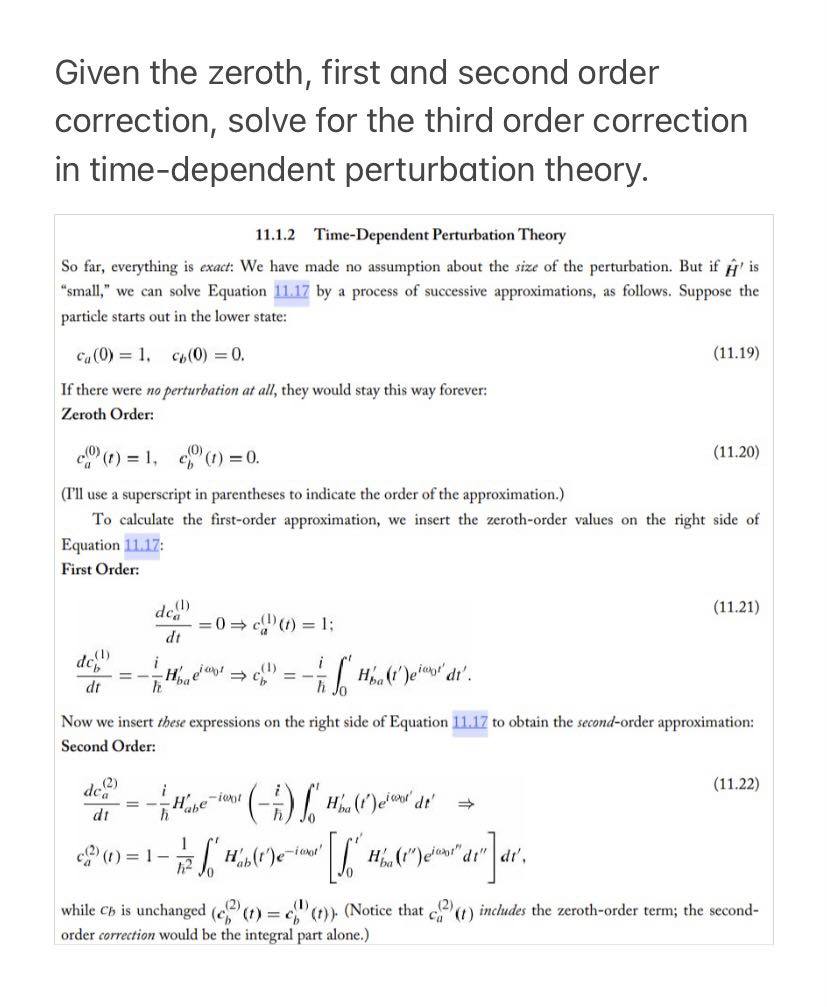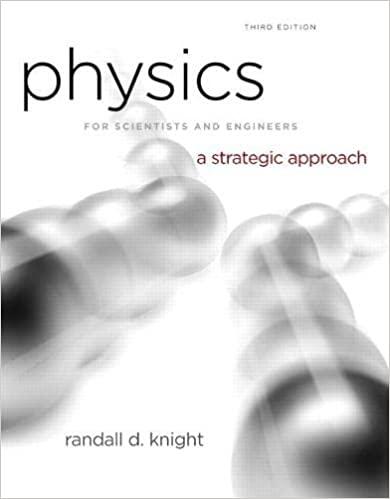Answered step by step
Verified Expert Solution
Question
1 Approved Answer
Given the zeroth, first and second order correction, solve for the third order correction in time-dependent perturbation theory. 11.1.2 Time-Dependent Perturbation Theory So far, everything


Step by Step Solution
There are 3 Steps involved in it
Step: 1

Get Instant Access to Expert-Tailored Solutions
See step-by-step solutions with expert insights and AI powered tools for academic success
Step: 2

Step: 3

Ace Your Homework with AI
Get the answers you need in no time with our AI-driven, step-by-step assistance
Get Started


